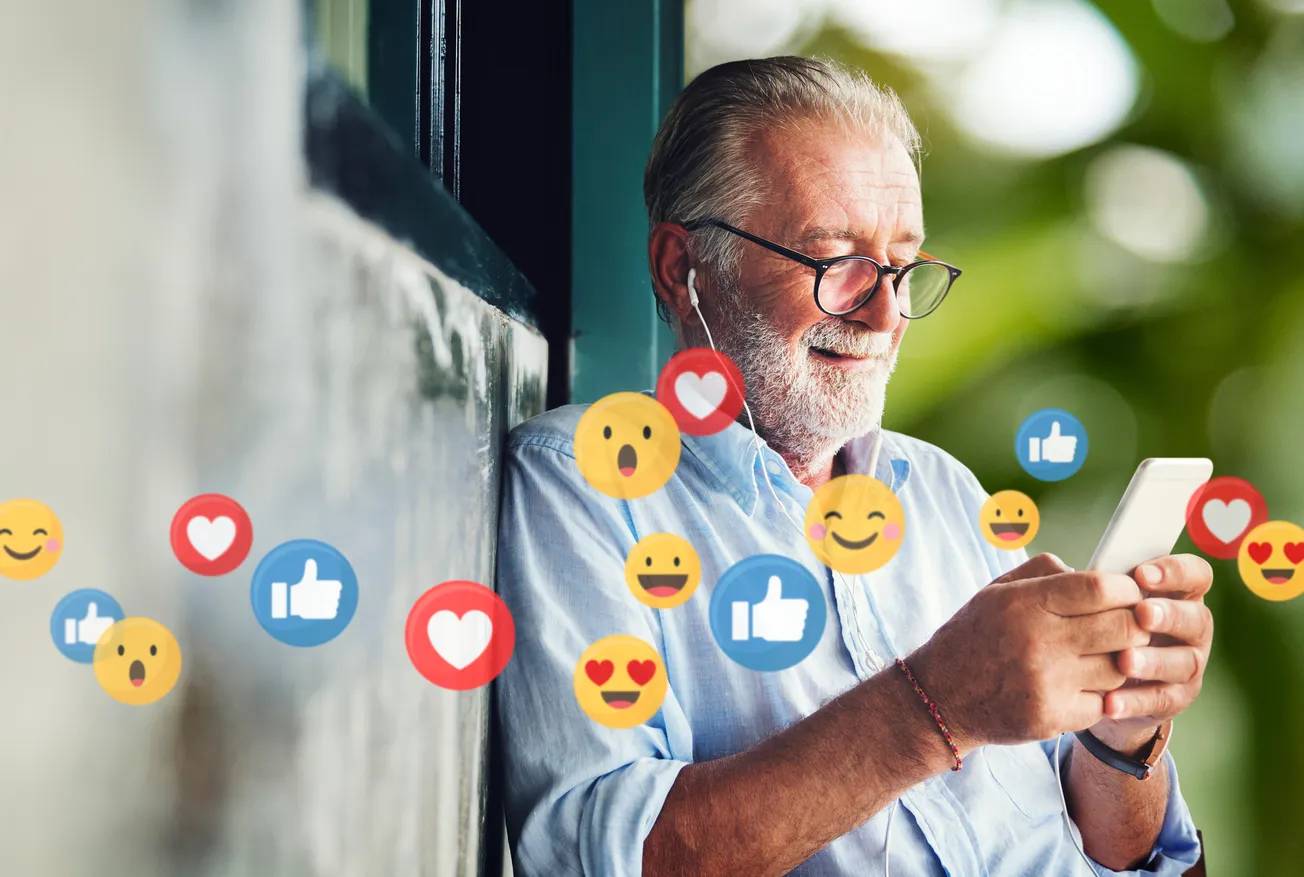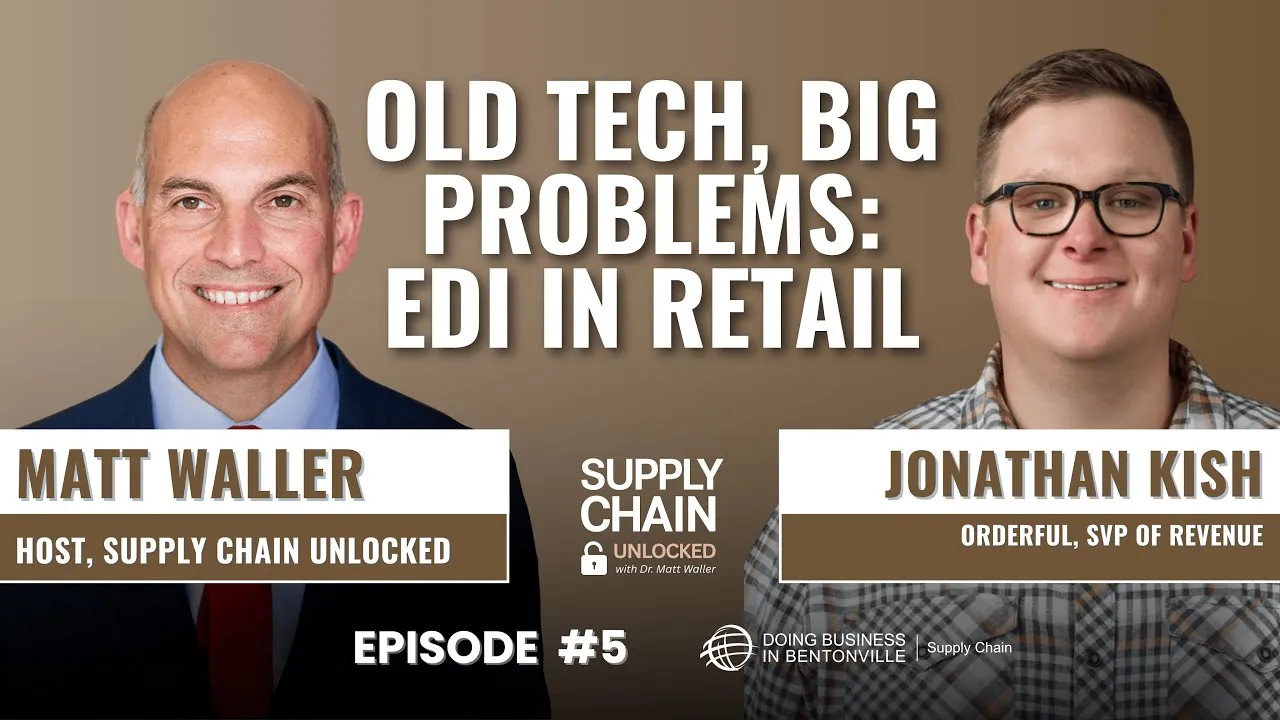In 2025, merchandising is no longer purely planned, but it is dynamically driven by real‑time consumer sentiment. Social listening tools are enabling retailers to refine assortment, respond to trends and build more relevant in-store and online experiences.
What Social Listening Looks Like Today
- Trend Identification: Tools analyze social channels like TikTok, Instagram and forums to spot emerging styles or viral products before traditional retail data captures them.
- Sentiment Monitoring: Brands track real-time feedback such as complaints about packaging or sizing to rapidly adjust product assortments or promotions.
- Forecasting Input: Social insights feed into merchandising planning platforms to predict demand spikes and support agile replenishment.
Strategic Value for Retailers
BCG’s survey of 350 retailers underscores how data-driven talent and technology are transforming merchandising roles as merchants are increasingly empowered with analytical support and real-time consumer data. Meanwhile, Vertical Vendors reports data-optimized placement is expected to boost sales by up to 15% in 2025.
Example in Practice
According to Front Row, retailers like Sephora and other beauty brands use social listening to adapt window displays and product offerings based on trending ingredients or user-generated content, ensuring walls, shelves and e‑commerce assortments reflect current demand cycles.
Implementation Tips
- Integrate listening tools into merchandising workflows: Set alerts for trend spikes or sentiment shifts.
- Align cross-functional teams: Merchandising, marketing and supply must collaborate to act on insights fast.
- Test micro‑assortments based on regional buzz, then scale winners.
- Monitor visual and social performance metrics: Digital display click-through rates, social engagement and conversion diagnostics tied to trend-driven products.









